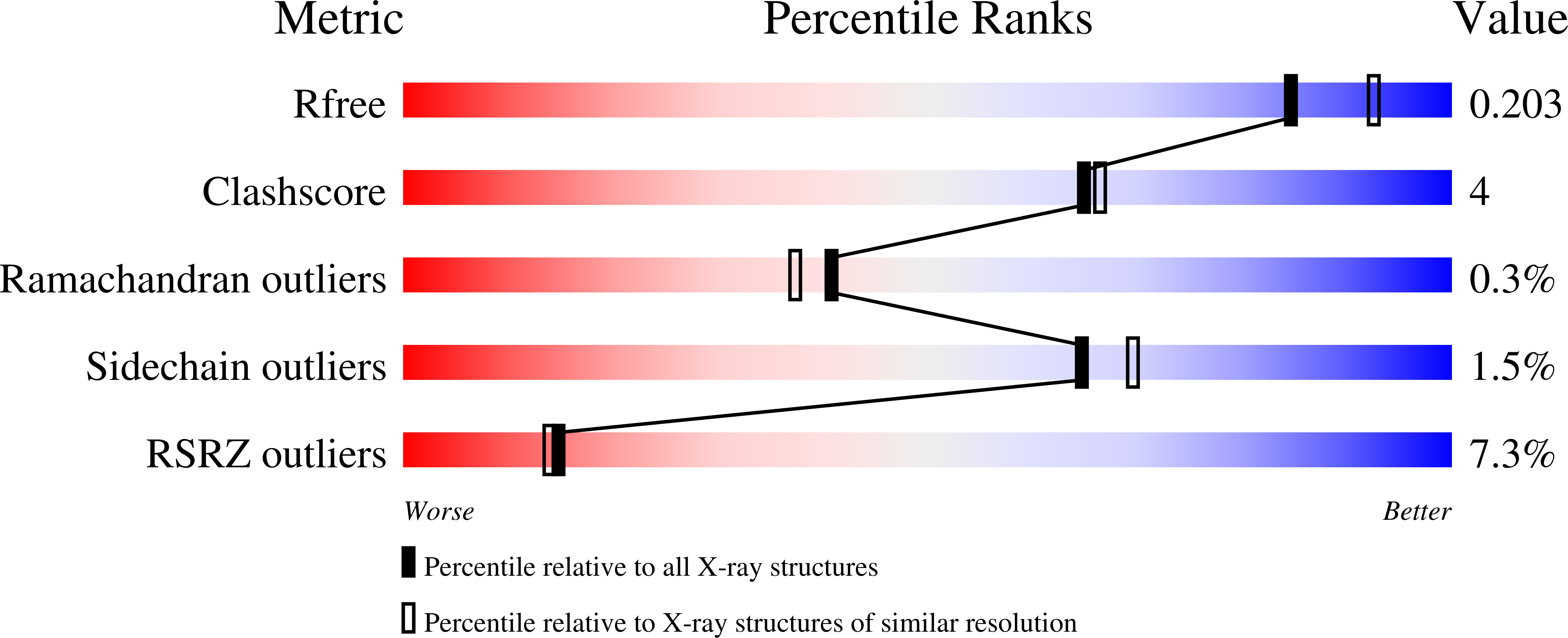
Deposition Date
2005-11-29
Release Date
2005-12-06
Last Version Date
2023-08-23
Method Details:
Experimental Method:
Resolution:
2.00 Å
R-Value Free:
0.20
R-Value Work:
0.18
R-Value Observed:
0.18
Space Group:
P 31 2 1


